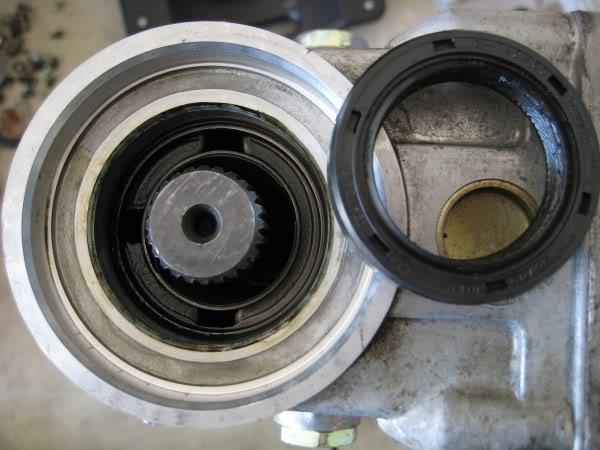Every transmission manufacturer works at minimizing frictional losses to maximize the efficiency of a vehicle’s powertrain. Recently, a new generation of low friction transmission seals was presented at the 15th International CTI Symposium. These seals are made for any type of automated transmissions.
What makes this better than prior material is that the seal has been designed to produce a hydrodynamic oil film between the seal and the counter surface. This new approach generates the film within small pockets incorporated across the circumference of the ring seal. The rotating shaft induces the dynamic pressure in the pockets to produce axial forces that create the thin oil film.
This reduces the friction to the point of also decreasing the CO2’s emission by 0.8 grams per kilometer. With these seals on one million new vehicles, emissions over the operating life of the vehicles would fall by 192,000 tons.
Because no physical contact exists between the shaft and the seal ring, the torque levels experience up to a 70% decline. This makes installation easier. Stricter CO2 limits in Europe have attracted manufacturers there to this technology. In fact, production of these engine seals for a European customer start this year.
About Goodyear Rubber
Goodyear Rubber, based in Southern California, manufactures rubber molds, extrusions, rubber sheeting and roll coverings. Our rubber manufacturing solutions are applied by customers in the canning, aerospace, defense, construction, sporting goods, commercial, automotive, mining, food processing and material handling sectors.
Goodyear Rubber is involved in all aspects of the rubber manufacturing process from design through production with the goal of complete customer satisfaction. We are ISO 9001:2008 certified and ROHS compliant. Contact us at (909) 987-1774 or custserv@goodyearrubber.com or visit www.goodyearrubber.com for more information.
 (909) 987-1774
(909) 987-1774 Email Us
Email Us







